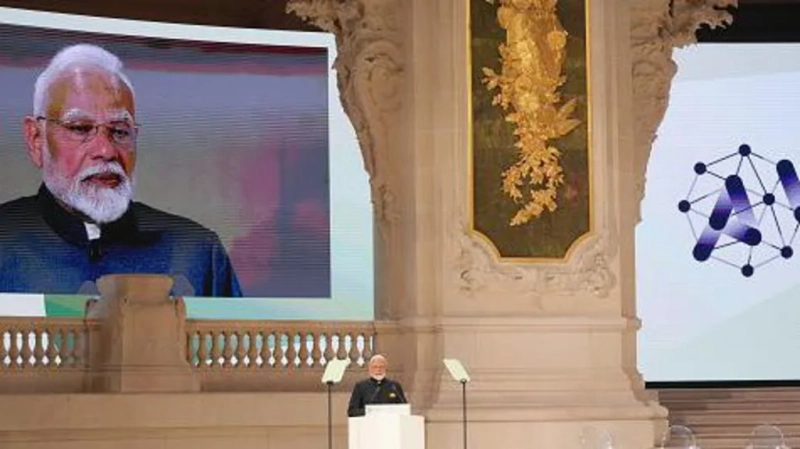India Seeks AI Breakthrough: Falling Behind?
Exploring India's role in the global race for AI leadership amidst challenges and opportunities.

Two years after ChatGPT took the world by storm, China’s DeepSeek has sent ripples through the tech industry by dramatically reducing costs for developing generative artificial intelligence applications. In this heated race for AI supremacy, India seems to be trailing, particularly in creating its own foundational language model crucial for powering chatbots and other applications.

The Promised Leap Forward
The Indian government asserts that a homegrown equivalent to DeepSeek is not far off. It is actively supporting startups, universities, and researchers by supplying thousands of high-end chips, with a target of developing the model in just under 10 months.
Global AI leaders have recently vouched for India’s potential. OpenAI CEO Sam Altman stated that India should be playing a leading role in the AI revolution. Notably, India has become OpenAI’s second-largest market by users. Corporations like Microsoft are also investing heavily, pledging $3 billion for cloud and AI infrastructure, while Nvidia’s Jensen Huang praised India’s unmatched technical talent as a key asset.
The Roadblocks
Despite the progress, there are structural issues that India must overcome to keep pace with global leaders. Experts point out that China and the US have a “four to five year head-start,” having heavily invested in research and developing AI for diverse applications, according to technology analyst Prasanto Roy.
India is among the top five globally on Stanford’s AI Vibrancy Index but still lags in crucial areas. Between 2010 and 2022, China and the US dominated with about 60% and 20% of the world’s total AI patents, while India received less than half a percent.
Investment Challenges
Compared to the massive budgets of the US and China, India’s state-funded AI mission appears modest at $1 billion. In contrast, the US has earmarked $500 billion under the Stargate initiative, and China is reportedly investing $137 billion to become an AI hub by 2030.
Despite DeepSeek's success using older, less costly technology, the absence of “patient” or long-term capital remains a challenge, according to Jaspreet Bindra, the founder of a consultancy involved in building AI literacy. Additionally, quality India-specific datasets for training AI models in regional languages are sorely lacking, an issue exacerbated by the country's linguistic diversity.
The Talent Paradox
Talent is one area where India excels, contributing 15% of the world’s AI workforce. However, many are opting to work abroad, which Stanford’s research on AI talent migration attributes to a more supportive research environment found elsewhere.
For India to harness its potential fully, Bindra suggests emulating the collaboration model seen in India's Unified Payment Interface (UPI) system, which revolutionized digital payments through strong government-industry-academia synergy.
The journey towards AI leadership for India is fraught with challenges, yet with the right structural changes and investments, it could carve out a significant role in the global AI landscape.



